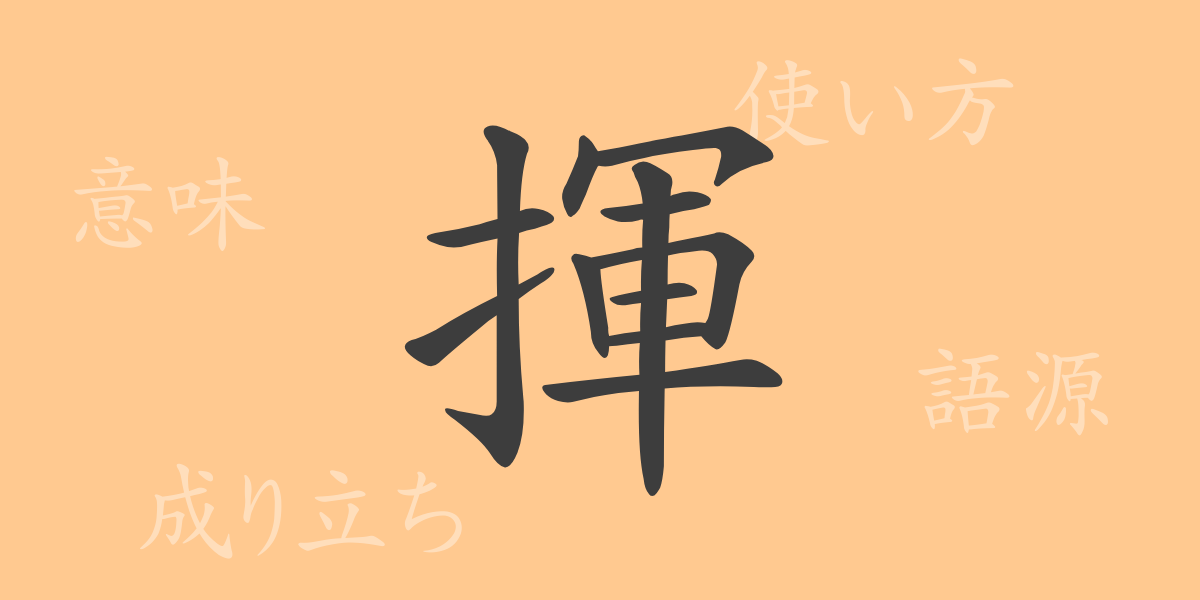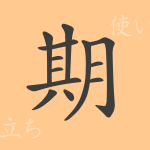The kanji (漢字) deeply rooted in Japanese culture possess rich history and meaning in each character. The kanji “振る” (ふる), commonly encountered in daily life, is no exception. This article delves into the origins, meanings, usage, pronunciation, and related idioms and phrases of “振る” (ふる), exploring its allure.
Origins of 振る (ふる)
“振る” (ふる) is an ancient Chinese character with a long history. It originally derived from a pictograph representing hand movements, depicting the act of giving orders or waving goodbye. Over time, it has evolved to encompass more abstract meanings and is used as we see it today.
Meaning and Usage of 振る (ふる)
The kanji “振る” (ふる) carries meanings such as “to wield,” “to brandish,” and “to disperse.” In practice, it is often used in scenarios where a leader gives orders or someone exhibits their abilities, as seen in compound words like “指揮” (しき, command) and “発振” (はっしん, demonstrate).
Pronunciation, Stroke Count, and Radical of 振る (ふる)
The kanji “振る” (ふる) contains important information for learners regarding its pronunciation and structure.
- Pronunciation: The on’yomi (音読み) is “フル” (ふる), with no particular kun’yomi (訓読み).
- Stroke count: A total of 15 strokes.
- Radical: 扌(てへん, hand radical).
Idioms, Phrases, and Proverbs Using 振る (ふる) and Their Meanings
There are many idioms, phrases, and proverbs that include “振る” (ふる), each conveying the richness of expression in the Japanese language. For instance, “振発性” (ふるはっせい, volatility) means “the property of evaporating easily,” and “自由自在に振る” (じゆうじざいにふる, wield freely) means “to control at one’s will.” Moreover, “振毫” (ふるごう, calligraphy) signifies “to write with a brush,” used to express technique and artistry in calligraphy.
Summary on 振る (ふる)
The meanings and history embedded in each kanji character come to life through their use in modern times. The kanji “振る” (ふる), as its form suggests, evokes a powerful action of moving or dispersing something. By using it appropriately in sentences, its strength can be conveyed to the reader. Through this article, we hope you have gained a deeper understanding of the diverse aspects of “振る” (ふる) and that it enriches your expression in the Japanese language.

























